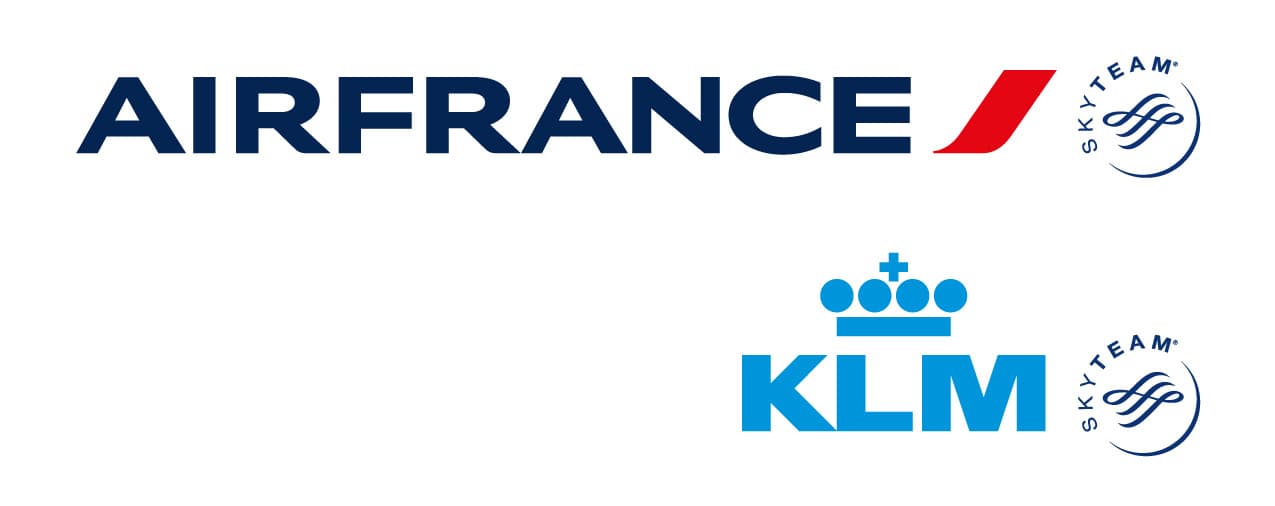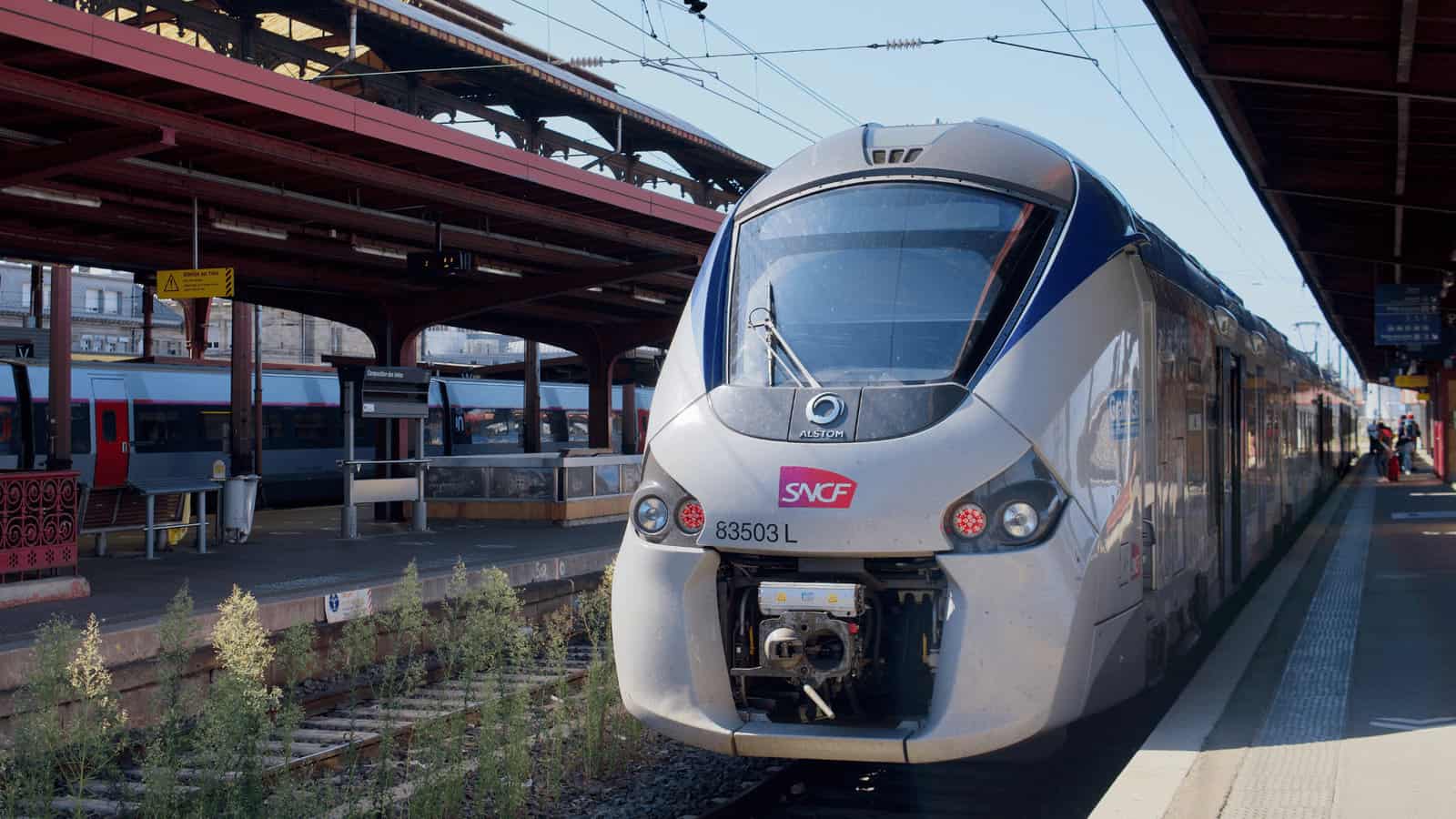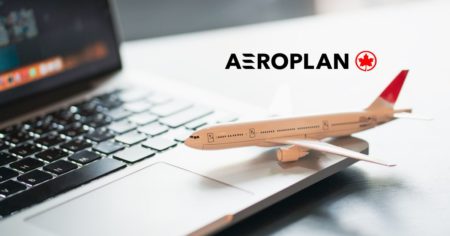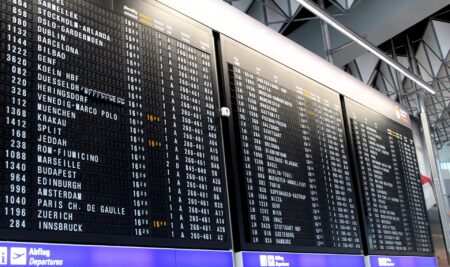
The Paris Olympic Games will not be confined to the capital and its immediate surroundings, but will cover the whole of France and its overseas territories. In addition to Paris, a number of other cities will be hosting different tournaments.
Soccer (football) matches will be held in Bordeaux, Nantes, Lyon, Saint-Étienne, Nice and Marseille. The final stages of the men’s and women’s handball tournaments and the qualifying rounds of the basketball tournaments will be held in Lille, at the Pierre Mauroy stadium. As for sailing, it will be based in Marseille, in the Mediterranean. So how do you get around France during the Paris Olympics without emptying your wallet? After all, plane, train, bus and TGV tickets are likely to be exorbitant all over France. Milesopedia is here to help.
What are the best ways to get around France?
There are many ways to get around France, with rail transport often the most popular. For longer distances, it’s possible to board a TGV or even a plane, although some air routes lasting less than 2h30 minutes have recently been banned by the European Commission for environmental reasons. For shorter distances in France, we recommend taking a bus or regional train. In all cases, we strongly recommend booking in advance.
The car is also an option, although France imposes fairly high tolls on the country’s freeways. The bill can therefore be particularly high, and journey times longer than by train.

Trains and TGVs
SNCF, the French rail transport company, offers two options for passengers wishing to travel long distances by train across the country: TGV InOui and TGV Ouigo. InOui is the new name for traditional TGVs, offering premium comfort with enhancements such as power sockets, free wifi, a continuous cleaning service and a conductor dedicated to passenger well-being. Ouigo, on the other hand, is the low-cost version of the TGV. Fares are more attractive, but on-board services are more limited.
If you’re a frequent traveler in France, it may be worth taking a look at the SNCF’s loyalty program, the Grand Voyageur program. It allows you to be rewarded for your loyalty by earning points for each train journey, giving you access to reward tickets and discounts.
To travel shorter distances, such as between Paris and Saint-Denis, you need a train ticket to board a regional or local train. In Île-de-France, local trains are branded Transilien, while in France they are called TER, or Train Express Régional. Both brands are nevertheless owned by SNCF.
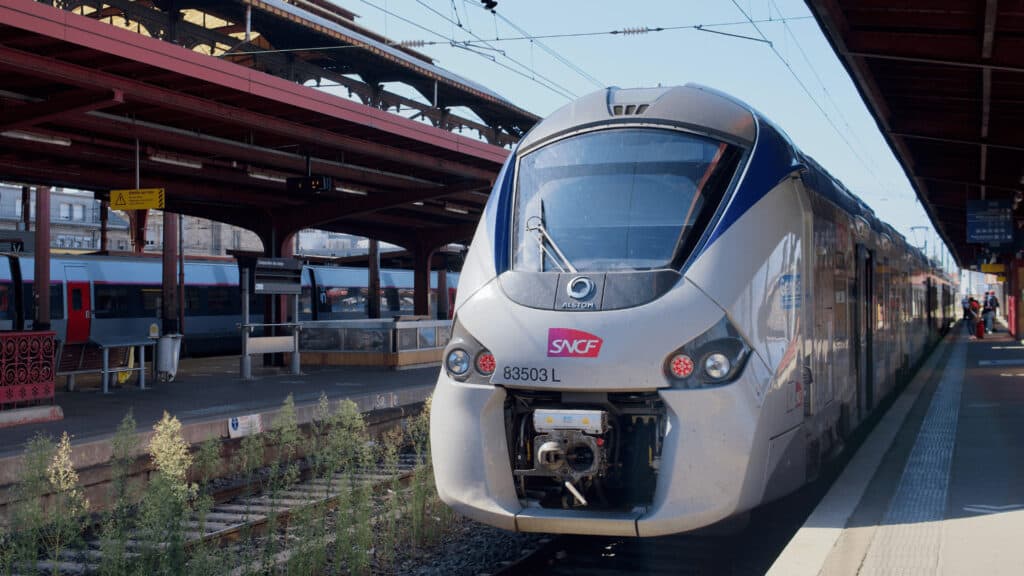
Buses and coaches
In France, buses are much more affordable than trains and TGVs. Leading bus companies include Flixbus, Ouibus and BlaBlaCarBus. But with over 150 towns and cities served across France, Flixbus remains the company offering the most bus journeys to passengers. Of course, journeys are longer than by plane or train. To get to Bordeaux from Paris, you’ll need an average of 7 hours by bus, compared with just over 2 hours by TGV. They are, however, much less expensive.
From Paris, you can take the bus to Lille for just 8 euros, or to Bordeaux for 16 euros. If you’re patient, you can also travel directly to Marseille for less than 20 euros, although the journey takes an average of 11 hours.
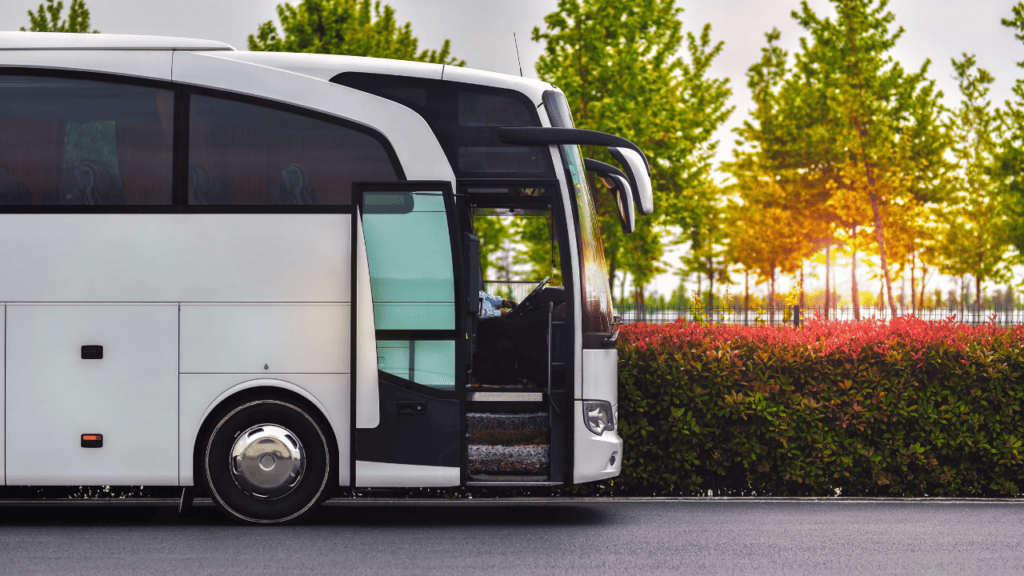
Plane
France recently decided to ban all domestic flights lasting less than 2h30 and for which there is a rail equivalent. Flights between Paris and Nantes, Lyon and Bordeaux have been cancelled, with the exception of connecting flights. To reach Nantes, Lyon and Bordeaux from France’s capital, you’ll need to take the TGV. However, you can board a domestic flight between Paris and Marseille or Paris and Nice with Air France, Easyjet or Ryanair. It’s not impossible to find flights for just over 30 euros, although you’ll usually have to pay around 100 euros. During the Olympic Games, these fares are likely to triple.
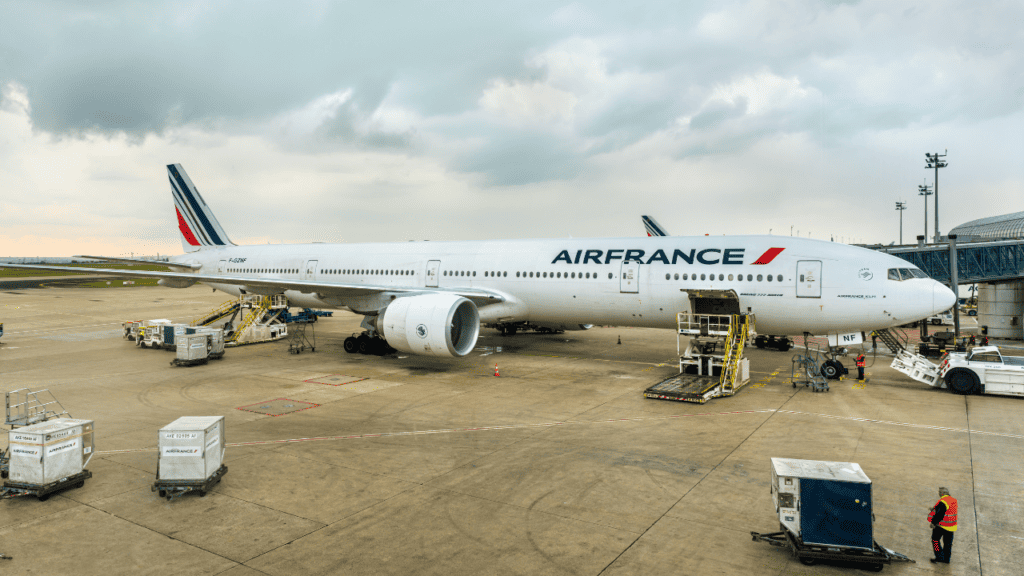
TGV, plane, bus, car... What are the best ways to get around France?
With so many different ways of getting around France, it can sometimes be hard to decide which is the best and quickest way to get around. Here’s a quick overview of the average rate and duration. It should be noted that the following calculations were found for trips taking place two months before the departure date, with a departure date scheduled for the end of August 2023.
Paris-Lille
To get to Lille, it’s best to board an InOui TGV and take advantage of the many services on offer, such as wifi, as ticket prices are not exorbitant. Getting to Paris-Charles de Gaulle from the heart of the capital can be complicated.
| Average rate | Average duration | Tickets | |
| TGV InOui | 35 € | 1 h 19 | Book |
| TGV Ouigo | 10 € | 1 h (departure from CDG) | Book |
| Plane | – | – | – |
| Bus | 8 € | 3 hrs | Book |
| Car | 45 € (tolls and petrol) | 2 h 21 | Book |
Paris-Lyon
To get to Lyon from Paris, TGV tickets are sometimes a little more expensive as there are many passengers. Those who want to save money will prefer to board the train or the TGV Ouigo, if they book well in advance to obtain fares that are still affordable.
| Average rate | Average duration | Tickets | |
| TGV InOui | 52 € | 1 h 56 | Book |
| TGV Ouigo | 10 € | 1 h 47 (departure from Marne-la-Vallée) | Book |
| Plane | – | – | – |
| Bus | 12.99 € | 5 h 45 | Book |
| Car | 90 € (tolls and petrol) | 4 h 40 | Book |
Paris-Marseille
There are also a lot of passengers travelling by TGV between Paris and Marseille. In this case, the InOui TGV and air travel are good alternatives. However, flying is not the most environmentally-friendly option, so if you choose to fly rather than take the train, don’t forget to offset your carbon footprint! Some airlines, such as Air France, offer their passengers the option of paying a supplement to reduce the carbon footprint of the flight on which they are flying.
| Average rate | Average duration | Tickets | |
| TGV InOui | 45 € | 3 h 07 | Book |
| TGV Ouigo | 35 € | 3 h 27 | Book |
| Plane | 18 € | 1 h 30 | Book |
| Bus | 19.99 € | 10 h 20 | Book |
| Car | 150 € (tolls and petrol) | 7 h 39 | Book |
Paris-Nice
Getting to Nice from Paris is not the cheapest option. Prices can be high and journeys very long. To reach Nissa Bella, it’s best to set off from Marseille. TGV and bus services are plentiful from the city of Marseille in the south of France. Even if the car is a more expensive option, it can be interesting here. How to turn down a road trip on the Côte d’Azur?
You could rent a car from one of Sixt’s branches in Marseille with your Scotiabank Passport™ Visa Infinite* Card and travel with peace of mind, knowing that you’re covered by rental car theft and damage insurance through your credit card. No need to pay for extra coverage!
| Average rate | Average duration | Tickets | |
| TGV InOui | 95 € | 5 h 36 | Book |
| TGV Ouigo | 75 € | 5 h 40 | Book |
| Plane | 28 € | 1 h 35 | Book |
| Bus | 30.98 € | 17 h 15 | Book |
| Car | 190 € (tolls and petrol) | 9 h 16 | Book |
Bottom line
There are various ways of getting around France. Unlike Canada, where options are more limited (and, above all, more expensive), our neighbours on the other side of the Atlantic offer a number of affordable and fast alternatives. But as several million passengers are expected to travel throughout France during the Olympic Games, it is strongly recommended to book train, TGV, plane or bus tickets months in advance, or even when sales open. Because of particularly high demand, tickets are likely to be sold at exorbitant prices.
Not the type to plan months in advance? You could use your points to pay for your trip. Get to the credit card game!
Find all our guides to prepare your trip to the Paris 2024 Olympic Games :
Frequently asked questions about buses, trains and TGVs in France
What is the average price of an SNCF train ticket in France?
In France, train fares fluctuate constantly, depending on the season and demand. A ticket to board a Paris-Lyon TGV can sometimes be sold for 10 euros, while during busier periods it can be sold for 200 euros.
Which cities are served by TGV in France?
In France, TGV InOui serves Annecy, Biarritz, Bordeaux, Brest, La Rochelle, Le Havre, Lille, Lyon, Marseille, Nantes, Nice, Poitiers, Rennes and Strasbourg.
Which TGVs are available in France?
In France, there’s the TGV Ouigo and the TGV InOui.
Are we allowed to eat on French trains?
Yes, it’s perfectly possible to eat and drink on the TGVs that criss-cross France.
What's the difference between TGV Ouigo and TGV InOui?
InOui is the new name for traditional TGVs, offering premium comfort with enhancements such as power sockets, free wifi, a continuous cleaning service and a conductor dedicated to passenger well-being. Ouigo, on the other hand, is the low-cost version of the TGV. Fares are more attractive, but on-board services are more limited.
